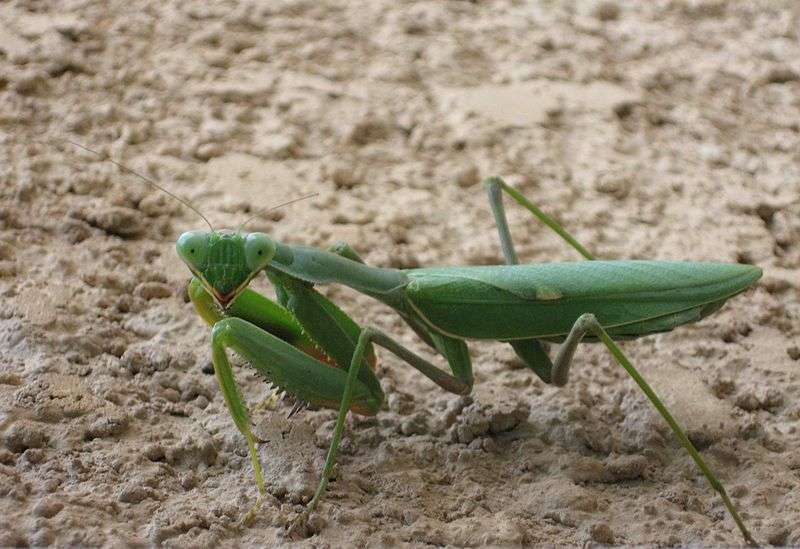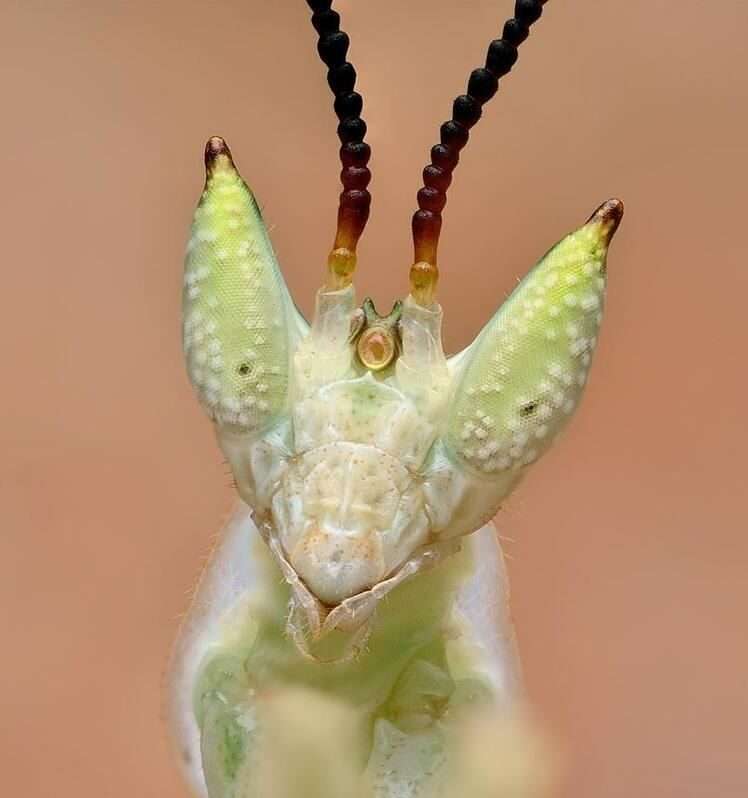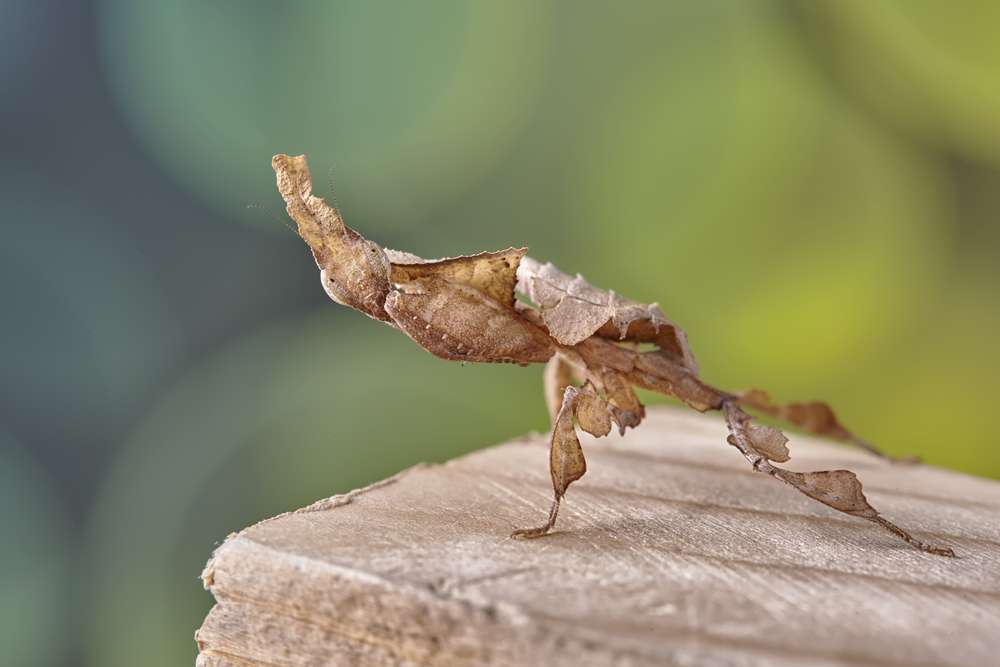
Description
Scientific Name: Sphodromantis lineola
Lifespan: 1 year
The medium-sized African Praying Mantis has a characteristic mantis look. Depending on the species and relative humidity, they come in a variety of brown and green hues.
An appearance resembling a praying mantis, with hues of cream, brown, and green. When they are adults, they have two tiny white or yellow ‘eyes’ on either side of their wing cases.
Both sexes can fly as adults, but because they are carrying so many eggs, the females must leap instead than fly.
Habitat
Sphodromantis lineola, the technical name for the larger and more aggressive African Mantis, is a species of mantis. Due to its size, aggressive hunting style, and relatively low maintenance requirements, it is frequently kept as a pet. Sub-Saharan Africa is her native habitat.
Behavior
Even when maintained in captivity, these insects have a high level of ferocity. They are incredibly entertaining to see since they vigorously pursue their prey. Once they see their tank, many will run towards it. They are capable of taking care of larger-than-they-are prey. They may, however, become a little scared by enormous prey and become protective rather than actively chasing it. It is frequently advisable to stay away from heavy prey like locusts. They will cross their front arms when they feel threatened. The portion that is orange is now visible.
Due to their cannibalistic nature, these mantises cannot coexist. They’ll go out looking for one another. There will eventually be just one left after all the others have been consumed. However, the largest one might also be too hurt to heal properly, in which case you might not get any mantises at all. A more violent species is the African praying mantis. Because they are less likely to hide, they are more daring and simpler to observe.
Keeping as a Pet/ In Captivity

Tank
As long as the container is large enough, these mantises don’t have any preferences. Everything else is up to you, though. Although many people love plants, the insect won’t really give a damn which plants you choose. Just make sure that insects won’t be harmed.
Ventilation must be adequate. On the tank’s top, there must be some mesh and a tool for them to use to reach it. The ideal solution is to provide something they can grab onto at the top of the tank since they must hang upside down in order to molt. Additionally, there should be a void here that is at least twice as large as the mantis.
These mantises normally do not trample plants; therefore, live plants are a great alternative. Alternatively, silk plants are a good choice. Although these mantises don’t require plants, they do offer a place to hide if they are frightened. It is advised to use a flexible substrate, such as paper towels or sphagnum moss. Every week, this substrate will need to be changed.
Temperature, Humidity & Lighting
75 degrees Fahrenheit is considered to be the ideal temperature, which is also the typical room temperature in most houses. With some success, a temperature range of 68°F to 80°F can be tolerated. If your home frequently gets colder than this, you might want to utilize a heater positioned outside the glass. Keep the tank out of direct sunlight because it can become very hot in there.
At least once every day, the enclosure should be softly misted. Maintaining humidity between 40% and 60% is not difficult. However, the major purpose of the misting is to enable the mantis to drink. Since most insects dislike being sprayed directly, you shouldn’t do it. Spray around them or on the other side of the tank from where they are now located instead. Usually, it’s not a huge concern if they accidentally get them wet.
Use bottled water instead of pure tap water because this is typically treated with chemicals to make it safe to drink. Instead, your best bet is frequently spring water or filtered water.
Table





